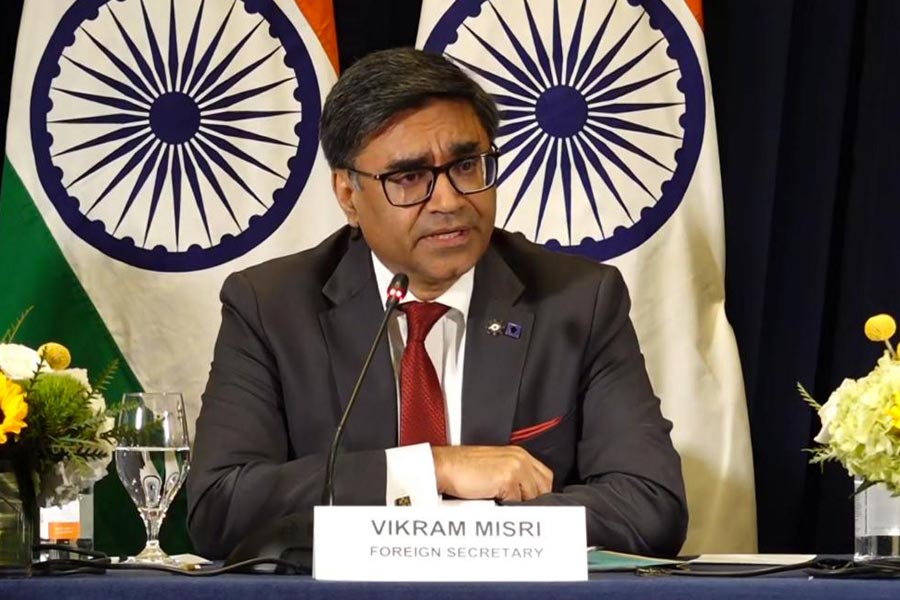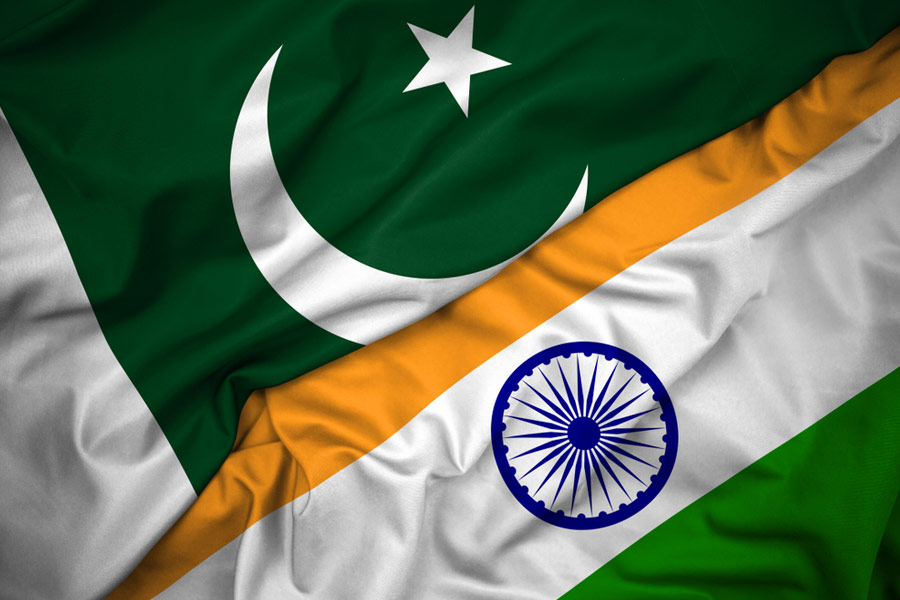|
|
| No turn in the tide |
Given the worldwide media coverage, everybody surely knows by now that India is one of the faster growing countries in the world and has been so for some time. Those who have been the most ardent supporters of the 1991 reforms would have us believe that this has been due to those very reforms. But the more level-headed and sober among the pro-liberalizers also realize that there is a huge problem with this simple-minded conventional media story. The break from what has been called the ?Hindu rate of growth? of 3.5 per cent took place not with the 1991 reforms but around 1980. It has also had to be accepted that not only was the average growth rate from 1991 to 2003 of around 5.7 per cent roughly equal to that for the 1980-90 period, but that the post-reform growth rate was based on a different and somewhat worrying change in the sectoral composition. Average growth rates in the primary and secondary sectors were lower than during the Eighties while that in the services sector was higher.
The question that arises then is how to explain this leap forward? It becomes impossible to give too much credit to the post-1991 reforms. A supporter of those reforms can argue that the rise in growth rates during the Eighties was unsustainable ? witness the balance-of-payments crisis that led to the 1991 reforms in the guise of International Monetary Fund loan conditionalities or the ?structural adjustment programme?. However, not only is there dispute about the seriousness of that ?crisis? and the reforms introduced ostensibly to deal with it (critics called the 1991 reforms a ?long term ?solution? to a short-term problem?), but one still has to explain why the growth take-off took place around 1980, whatever one?s views about its sustainability? Strong critics of the 1991 reform thrust call it a neoliberal turn. Strong supporters usually call it a very welcome pro-market and pro-competition turn in economic policies.
But if the leap in growth rates ? the most important and widely accepted marker of the ?success? of the 1991 reforms ? took place a decade earlier, then reform supporters must either claim that the crucial pro-market or ?neoliberal? policy turn took place earlier, or that the earlier turn was not a pro-market or neoliberal turn but something else, and that the 1991 turn towards a greater use of the market was essentially an extension and continuation of that more important earlier turn. The name given to that earlier apparently-more-decisive turn is that it was a pro-business, rather than pro-market, turn; that India has not now embarked on a neoliberal or stron- gly pro-market/pro-competition economic project as so many of its critics and supporters tend to believe.
The problem with this claim is that it downplays the significance of the post-1991 reforms. They did represent a ?neoliberal? break regardless of the fact that they did not lead to a trend break upwards in average growth rates. Throughout the world, from China to Europe, there has been a significant shift rightwards in economic policies rightly characterized as a neoliberal turn although under no circumstances are the economies of western Europe or China anywhere near as market-determined as the economies of North America.
What justifies calling their economic orientations a neoliberal one is that despite very different starting points and therefore quite different outcomes/end points, the direction of policy changes and the basic philosophy underlying that shift of direction is basically the same everywhere. In India what made the Nineties and the early years of this millennium different from the Eighties was a profound ideological shift greatly influenced of course by the collapse of the Soviet Union and the ?socialist? project.
The new ideological-philosophical elements were an obsession with raising growth rates as the single most important goal of economic policy and the master key to development; and the subordination of all considerations regarding inequalities of consumption, income and wealth to the priority of raising growth rates. In any case, belief in the validity of the Kuznet?s Curve (a disputed and criticized technical claim that high growth rates increase inequality to begin with, but eventually it decreases it) could provide a good conscience to those who might be embarrassed by this issue of growing inequalities. A belief that bad as market failures are (in the neoclassical economic tradition this is always a feature and is behind the concerns of such thinkers as Amartya Sen), they are much less of a problem than government failures. Hence the new ?logic? of systematically withdrawing the state from economic activity via steady and cumulative privatization of public assets, reduction of public investment and abandonment of Keynesian type macro-economic policies and the thinking that went behind them.
In this scheme of things, public enemy number one ? to be avoided at all costs ? becomes inflation, not unemployment or underemployment. Severing all connection between productivity contributions and income and wealth rewards except for wage-earners, or workers who, of course, must be criticized (especially if they are unionized) for getting too much while contributing too little.
These last two principles are vital, for without them there can be no justification for policies that sustain the extraordinary financialization of the Indian and world economies in ways whereby there is now little connection between financial activity and wealth accumulation for so many, and their non-existent or utterly negligible contribution to the real economy of production and distribution of actual goods and services.
And, of course, creditors (overwhelmingly the already rich) looking to make quick and big gains in the myriad ways now available on financial markets, hate inflation more than anything else. The post-1991 reforms are a ?neoliberal? turn marking a real break with the past! The claim that there was around the Eighties a ?pro-business? turn forgets that the mild policy shift that could go under that name took place not around 1980 but in 1984, with the advent of the Rajiv Gandhi government.
So what explains the rise in growth rates in India? No doubt a combination of factors should be used to explain this. Trade liberalization and industrial de-regulation have both helped, but they have also given rise to other problems. But the most important single factor that prevails throughout the whole period from around 1980 till today is simply the break from the Indian past (between 1947-80) in overall investment rates and therefore in the investment-gross domestic product ratio. There is no significant change in total factor productivity between the Eighties and the post-1991 period. Higher labour productivity is counterbalanced by lower capital productivity, that is, greater capital intensity in all sectors, including agriculture, industry and the services sub-sectors having high growth rates.
Also, while private investment has risen, public investment has declined. This means unemployment and underemployment have grown significantly throughout India?s ?miracle? years. Between 1991 and 2003, savings rates between 23 per cent and 26 per cent (of GDP) and investment rates between 24 per cent and 27 per cent were little different from the Eighties. What gives even greater power to this explanation is that the new acceleration in average annual Indian growth rates between 2003-04 and 2006-07 to around 7 per cent is accompanied by a corresponding leap for this period in average annual savings and investment rates to around 29 per cent and 30 per cent respectively.
But unlike China or east Asia, the Indian growth story is different in crucial ways. Employment absorption has steadily diminished especially in the all-important agricultural sector. Overall growth is led by the services sector whereas the east Asian miracle stories were explained by the dynamic performances of the manufacturing sector. Inequalities of income and wealth of all kinds ? urban-rural, between states, between classes ? have all grown steadily. Poverty remains deep and widespread. The state of welfare ? social security, healthcare and good education, public hygiene, safe drinking water ? remains dismal.











